The boat ramp in Arcadia, Washington, lies at the end of a quiet road where a handful of modest houses nestle among cedar, fir, and alder trees. I stood on the ramp’s sloping cement with my 15-year-old son, Merry, looking out at this southern edge of the Salish Sea. To the east lay Hope and Squaxin, two tree-clad islands scarcely more than a half mile from the Arcadia shore, with the snow-topped peak of Mount Rainier hovering above them in the distance. As Andy approached Anderson Island, Mt Rainier seemed to float above the clouds. This section of the Salish Sea is lightly settled and less traveled than areas closer to Seattle.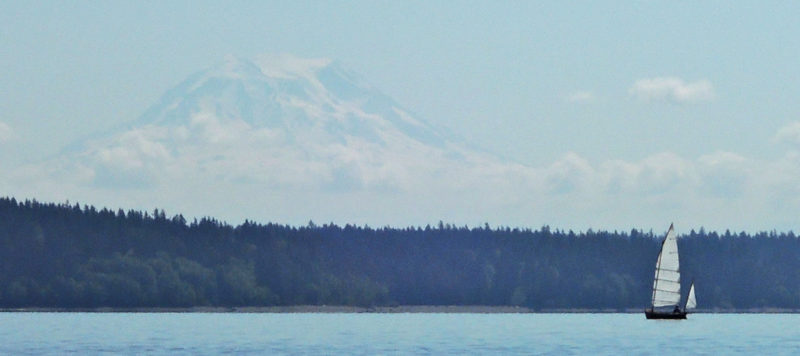 all photographs by the author
all photographs by the author
Join The Conversation
We welcome your comments about this article. To include a photo with your remarks, click Choose File below the Comment box.
Comments (7)
Comments are closed.



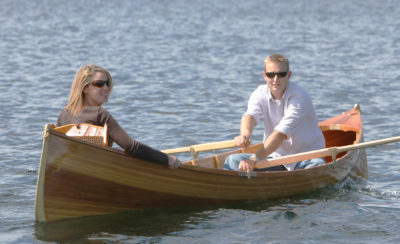
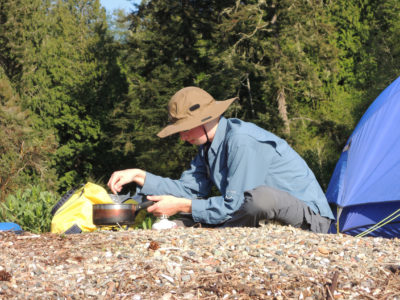
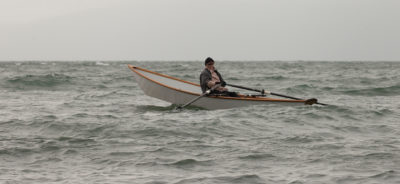


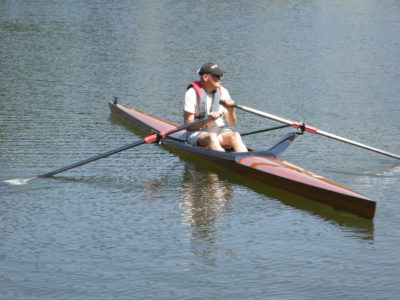
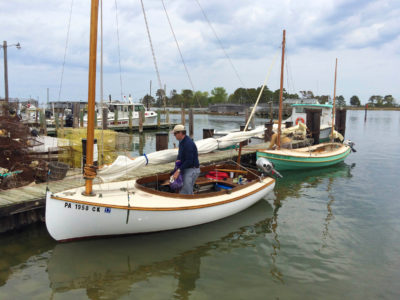
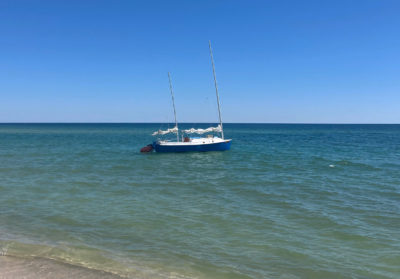
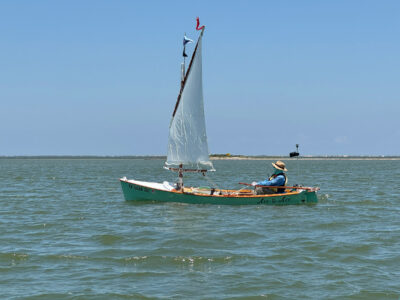
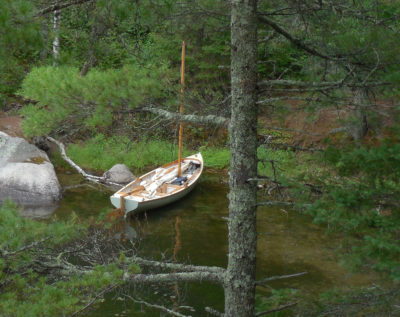
Wonderful article! Our family has sailed, rowed, and motored the South Sound many times. We had a cabin on Hammersley Inlet and did our sightseeing exactly in the region of this trip. Very well done. It sure brought back many memories.
I love the Salish Sea, and am lucky enough to live close to Bellingham Bay. I, too, have sailed the Squaxin-Anderson islands loop, but in a much larger boat. There are two trips I would recommend to others. The Arctic Tern, the Harrrier and Merry’s new peapod could easily make the run from Sandy Point, near Bellingham, to Matia and Sucia Islands in the San Juans. It is a row/sail across fairly open water, with tankers sometimes requiring maneuvers, but it is worth the effort. There is an inner trip, from the boat launch at Larrabee State Park, some 6 miles to Saddlebag Island. There are campgrounds at Matia, Sucia, and Saddlebag, though the one at Saddlebag is sadly ignored and sometimes dirty. They’re all fun trips, however. Know your tides and tide rip patterns before going. The rip off Sandy Point is no joke on certain tidal changes. It was nice to read the article.
Sucia is definitely on my list for this summer. I sometimes worry Merry’s peapod, PORPOISE, won’t handle rough conditions in a large crossing, so I came up with the idea of hauling Merry aboard and towing PORPOISE. My initial trials with ROW BIRD have shown that the peapod tracks quite nicely. I can see a new adventure ahead of us. Ironically, an earlier adventure I’d written up was about us cruising to Saddlebag Island. We had it all to ourselves for two nights, at a cost of just $24!
Great article! I live on Eld Inlet adjacent to the Steamboat Peninsula, just south of Hope Island, and sail these waters frequently during the summer months. I really enjoyed reading about your trip; it makes me miss my previous boat, a Devlin Nancy’s China.
Bruce,
Wonderful article! I really enjoyed the read and hope you will continue writing! Thanks for taking the time last October to show me RowBird when I was in Portland. I enjoyed our visit and your advice on improvements to your Arctic Tern. One day I will return to the Pacific Northwest in my Sooty Tern (once it is done) and seek your sailing advice!
A nice story, Bruce, and the photos were great. Although I’m 83 now and too infirm to sail, I’ve sailed these waters for years and have never tired of them. There’s always something new to see or experience. You were indeed lucky to view a porpoise. I’ve never seen one in these waters. It’s interesting that you didn’t mention Dana Passage, through which the tide can run like a river. Did you plan to go through there on the ebb outbound and the flood inbound or did it just happen to work out that way?
Bruce, this is a lovely story. I live in Bellingham and row all around the San Juans and Gulf Islands. Your ability to evoke quietness and natural habitat is a palliative to land’s demands. For a trip to Sucia and Matia in the San Juans, I’d suggest launching at Gooseberry Point on an early morning flood, which will scoot you around the top of Lummi Island toward North Beach on Orcas. Makie sure there’s little wind or, if wind, a southerly. Time the currents so you cross Parker Reef at the top of the flood. It won’t take long to reach either Sucia or Matia. I tend to like Matia better than Sucia, particularly during the warmer months as Sucia can get crowded. I generally return from Matia in the evening after the winds settle down. One has to be savvy about Point Migley—the north tip of Lummi Island—when the tide turns, particularly against a southerly. It can be unpleasant at minimum. If a northwesterly picks up, batten down. It has the whole Strait of Georgia to puff itself up and Hale Passage can get, well, even nastier than Point Migley. You’ve got a new reader at “Terrapin Tales.” Many thanks.